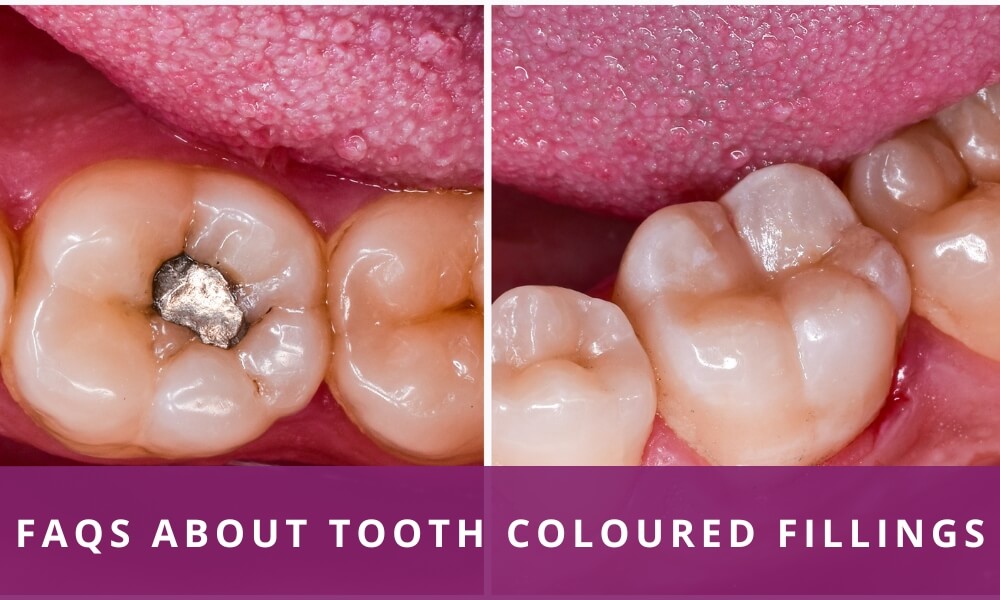Five Frequently Asked Questions about Tooth Coloured Fillings
Dental fillings are one of the most common dental procedures. With food stuck in the cavities, the acids in them could break down tooth enamel. These cavities can be filled, thereby protecting your teeth from further decay. There are different types of dental fillings, ranging from dental composites to silver and gold amalgam filling. Dental composites are preferred fillings because they blend with the teeth and appear natural. Read on to learn more about tooth-coloured fillings.
What Are Tooth Coloured Fillings?
Tooth-coloured fillings are made of ceramic and composite resin material that chemically bond to the teeth. They are used to close cavities where the decayed part of the tooth has been removed and to fill a chipped or broken tooth. Earlier tooth-coloured fillings were only suited for the front teeth and not the molars because the latter are subject to excessive chewing and wear out faster. But thanks to technology, dentists also use tooth-coloured fillings on molars. With tooth-coloured fillings, you can choose shades that closely match your tooth colour so that others have no idea the tooth is filled.
What Are The Different Types Of Tooth Coloured Fillings?
Tooth-coloured fillings may be made using porcelain, ceramic, or resin composite, i.e., a mixture of porcelain and plastic. Some dentists use glass ionomer, a combination of glass and acrylic mixed with fluoride. While porcelain and resin composite work well on exposed tooth areas, glass ionomer is best suited below the gum area.
What Is Tooth Coloured Filling Procedure?
The dentist will administer local anaesthesia to numb the tooth and the surrounding area. They will then clean the decayed area and remove the infected area using a dental drill, leaving the undamaged and strong part of the tooth untouched. The cavity is cleaned and disinfected. They may also shave the remaining tooth to the desired tooth shape. The dentist will also discuss the different filling options and select the shade of composite that best matches the tooth. The prepared filling material is placed on the cavity and then shaped to restore the shape of the tooth and cured with a special light that bonds the material. The dentist then checks the bite to ensure the filling is comfortable. If not, the tooth is contoured and polished for a leisurely bite.
Tooth Coloured Filling Before And After
You must eat or drink anything for a few hours until the filling is set. You’ll also be asked to avoid hard and chewy substances for a few days after the procedure. Some patients experience tooth sensitivity after the procedure. We suggest you avoid hot and cold drinks and food when this happens. If the tooth remains sensitive, we recommend that you consult the dentist immediately.
Disadvantages/Side Effects Of Tooth Coloured Filling
While tooth-coloured fillings are durable and appear natural, you must be aware of a few side effects. For instance, they cost more than amalgam fillings and take longer to place. They need proper care or may wear out due to excessive chewing. Also, tooth-coloured fillings aren’t suited for large cavities. Sometimes, tooth-coloured fillings may cause an allergic reaction in patients that sometimes looks like a rash. You must choose a credible tooth-coloured fillings hospital to ensure that the composite resin fillings are free from toxic materials like BPA.
Visit us for information on tooth-coloured filling costs in India.

